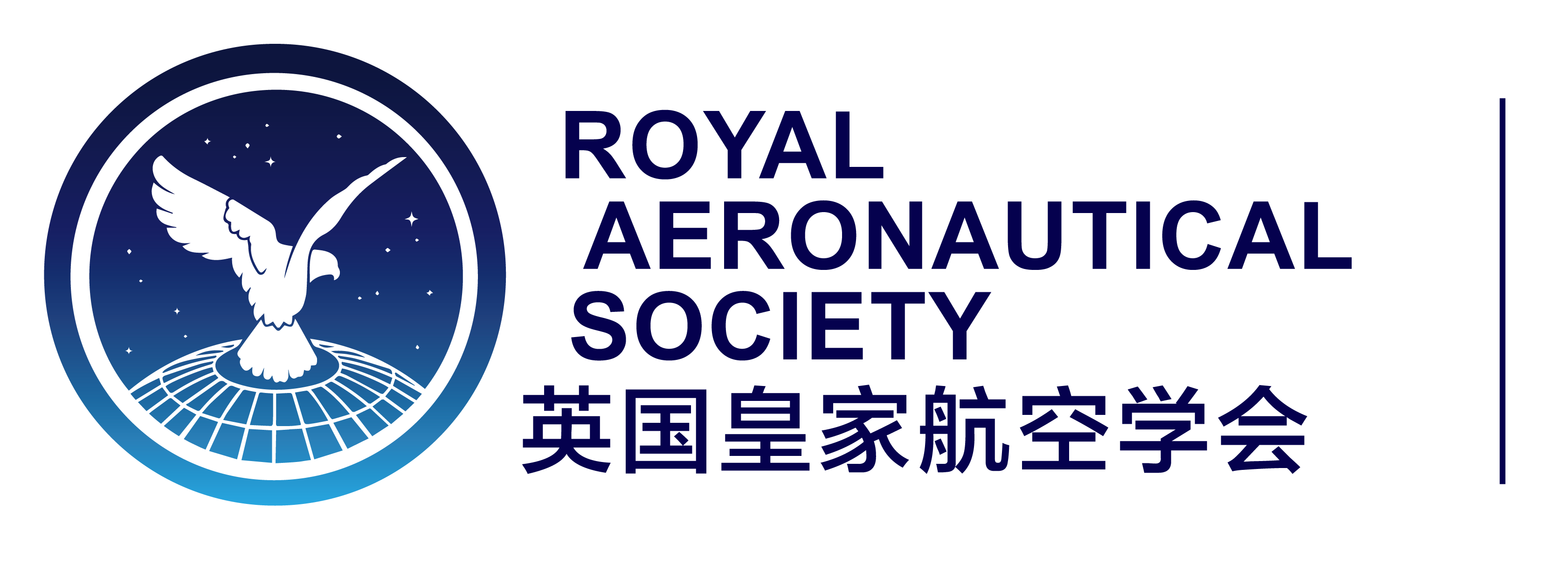Reflecting on Safety——Aviation Safety“Reflection”

The new Airbus Safety Center aims to remind its employees of the progress made in commercial aviation safety and the tragic consequences of complacency and mistakes.
——Tim Robinson, RAIS, reports from Toulouse.
Captain A.G. Lamplugh, RAIS, said: “Aviation is not inherently dangerous. But any carelessness, incapacity or negligence can lead to disasters far more ruthlessly than in maritime transport.”
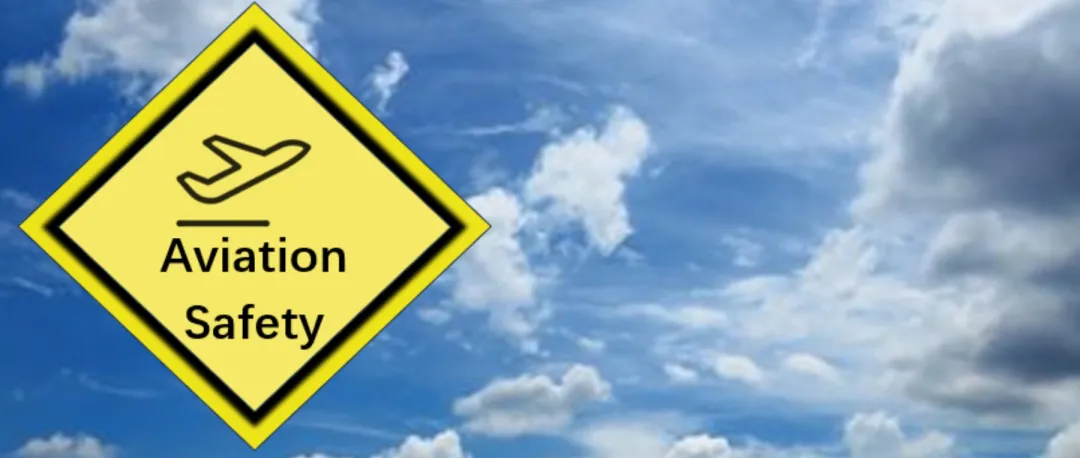
There is no doubt that despite air traffic doubling every 15 years, decades of improvements in technology, training, and operations have made commercial air travel extremely safe and reliable. Since the advent of the Jet Age, with the development of autopilot systems, glass cockpits, blind landing systems, terrain warning systems, fly-by-wire systems, traffic alert and collision avoidance systems, standardized radio phraseology, the use of crew cockpit resource management, and evacuation and operational improvements, fatal aviation accidents have dropped from 11 per million flights in 1958 to 0.07 per million flights in 2022, according to safety statistics.
Yet these advances and improvements, no matter how small, can ultimately be traced back to fatal accidents。Investigators spared no effort to identify the causes of passenger plane accidents in order to provide solutions in technology, training and operations for the development of the industry. Ultimately, today's civil aviation transportation industry is highly standardized. Regardless of the harsh stratospheric environment, day or night, fog or bad weather, civil aviation safely carries millions of passengers over mountains and across oceans. ——But now this incredible achievement is taken for granted by most of us
Constant
vigilance
At the same time, several recent near misses in commercial aviation, including several runway incursions in the United States, serve as a warning against complacency.——The Federal Aviation Administration (FAA) recently held a safety summit to address the unsafe trend and try to reverse the situation. Concerned about the degradation of manual flying skills, the US agency recommended that airline pilots fly manually as much as possible to avoid blindly relying on the autopilot system when problems arise.
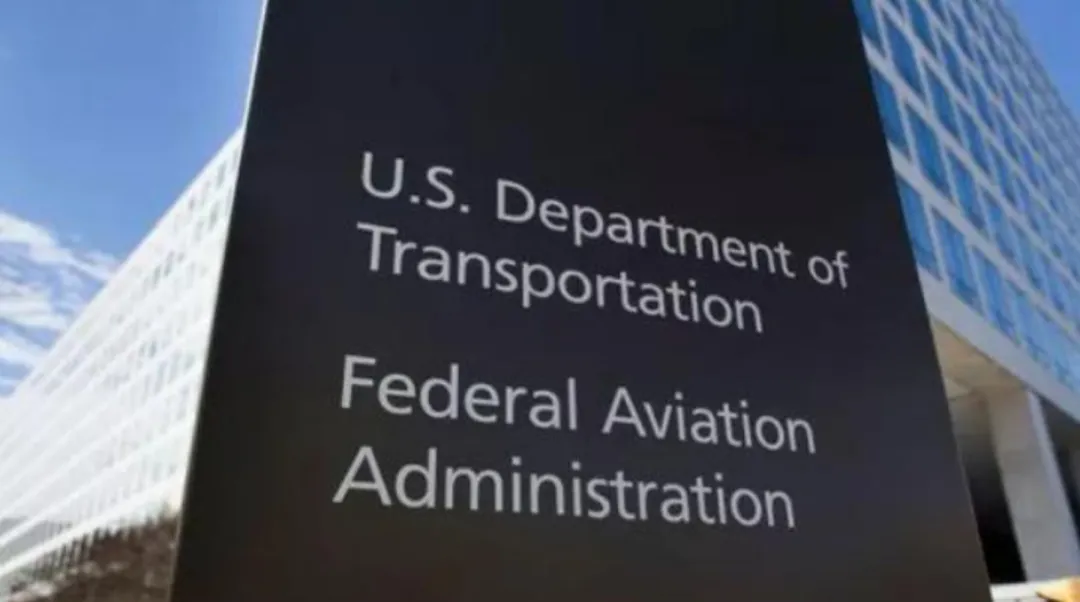
Airbus Safety Promotion Centre
空客安全促进中心
The displays include a timeline of typical aircraft accidents since the dawn of the jet age, categorized according to ICAO standards such as loss of control in flight (LOC-I), runway incursions and controlled flight into terrain (CFIT), while covering advances in technology, training and operations, showing how major accidents over the years have driven change and improved aviation safety.

Learning from mistakes
从错误中学习
However, peopleFly-by-wire technologyThe first introduction of its use on Airbus aircraft created many doubts. Another showcase showed the latest “fourth generation” airliners, such as the entire Airbus family, as well as models such as the Boeing 777, 787 and Embraer E-Jets, all of which are equipped with fly-by-wire control envelope protection systems. These new generation airliners have further improved flight safety by reducing controlled flight into terrain (CFIT) accidents.Averaged over the past decade, the accident rate for fourth-generation aircraft is about one-third or even lower than that of third-generation aircraft that introduced glass cockpits, flight management systems (FMS) and ground proximity warning systems.
At the Safety Promotion Center,Interactive VR DemoVisitors can experience the new safety enhancements by being placed in the cockpit of an Airbus A350, including a virtual Instrument Landing System (ILS), NAIADS (New Airborne Inertial Automatic Data System) to protect against inoperable and conflicting air data probes, a ROPS system to provide awareness of short runways, a BACF system that uses the aircraft as a runway surface “sensor” to allow the crew to tell the following aircraft if the surface is slippery, and a “soft go-around” technology that reduces the possibility of a false sense of steepness in the climb.Finally, perhaps the most pressing major challenge, given recent accidents in the United States, is the need for SURF-A systems to use algorithms to detect runway incursions and the effects of aircraft parked in close proximity to each other at airports using ADS-B data.
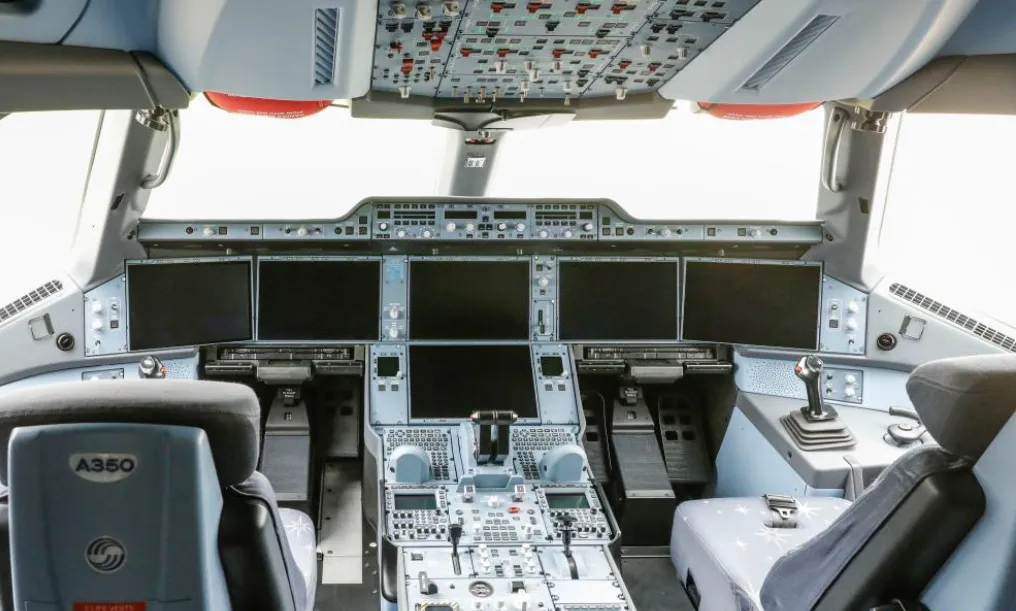
Airbus A350 cockpit
The accident investigation process
事故调查步骤
The largest display area is used to display a Engine Alliance engine foreskin,The engine foreskin came from an Air France A380 that crashed in Greenland in 2017 due to an uncontrolled failure. Satellite imagery, sniffer dogs, 3D scanning of the (non-fatal) accident and ice recovery techniques were used to find the debris of flight AF66. The aviation industry continues to work hard to determine the cause of each accident case with a spirit of getting to the bottom of it and tracing back to the source. Bardo said that the cause in this case is often "cold stop fatigue", which reminds people,No matter how rare the phenomenon is statistically, it may still become a new cause of accidents.
A pledge for zero accidents
零事故承诺
Product safety and quality come from establishing a fair and just corporate culture”,To encourage those who have concerns about aircraft design and operation to express their views.
One might ask, in an industry that focuses on flight safety and has a large number of SMS (Safety Management System) training, safety courses, licenses and publications,Why set up a new center?The Airbus Safety Promotion Center, established in the context of a higher level of safety, explains why safety is of paramount importance and the need to learn lessons from past events. To achieve this, an aircraft cabin-themed meeting space and coffee station are set up in the center for employees to discuss safety issues with management and reflect through exhibits. Airbus wants employees to revisit each of the darkest moments in the company's history and prepare for the future by ensuring that these accidents do not happen again.
Although the center has only been open since February, there are signs that it is a success. In addition to its own employees, Airbus says it "welcomes visits from our suppliers, customers and other aviation industry professionals." The company now plans to repeat the model at other locations, setting up smaller safety promotion centers to help spread Airbus' safety philosophy, namely:“We continue to work hard to improve safety together in pursuit of the goal of zero accidents.”
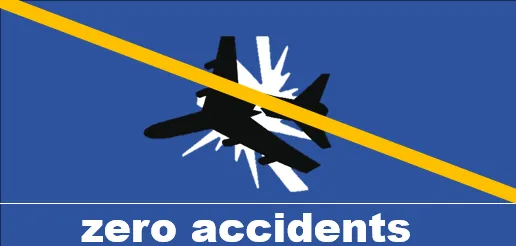
Summary
总结
Airbus opened this new Safety Promotion Center in real time, following similar centers at Japan Airlines and Boeing, for several reasons. First, the aviation industry is now recovering strongly from the low point caused by the COVID-19 pandemic, which has increased the number of aircraft in the air and airlines' orders have continued to recover, resulting in the return of safety pressure. Second, as mentioned earlier, new entrants into the aviation industry, who have grown up in an aviation environment that seems to be naturally safe and reliable, may not understand or even know about the aviation accidents that occurred in earlier years. Finally, from the warning of the 737 MAX accident, the entire aviation industry is well aware of the concern that if we do not review history, face problems head-on, and remain vigilant, similar accidents may happen again. As Bardo said:“Safety is everyone's business”.
